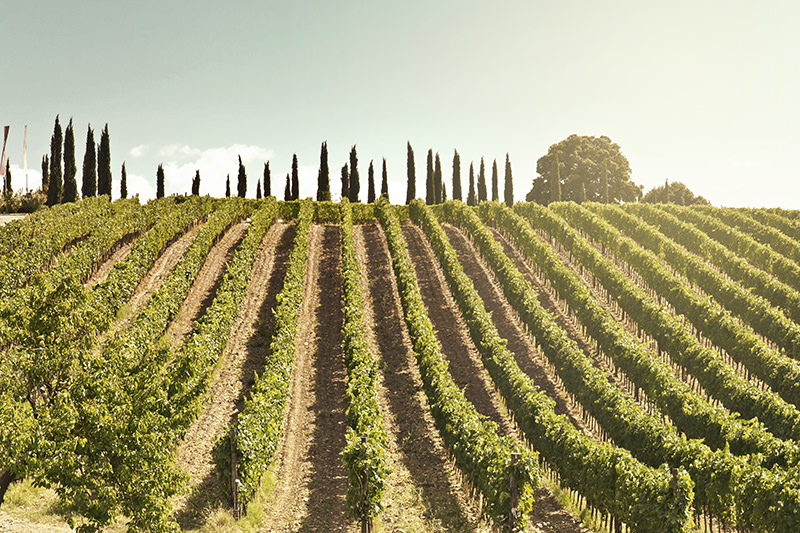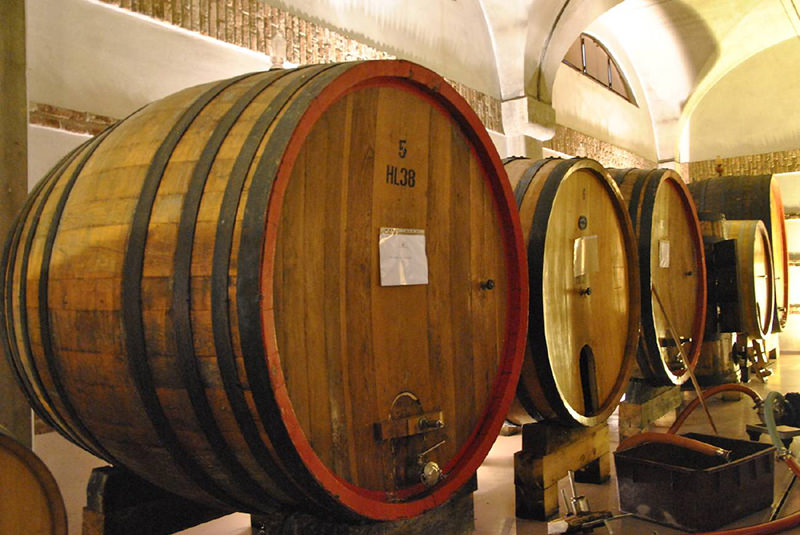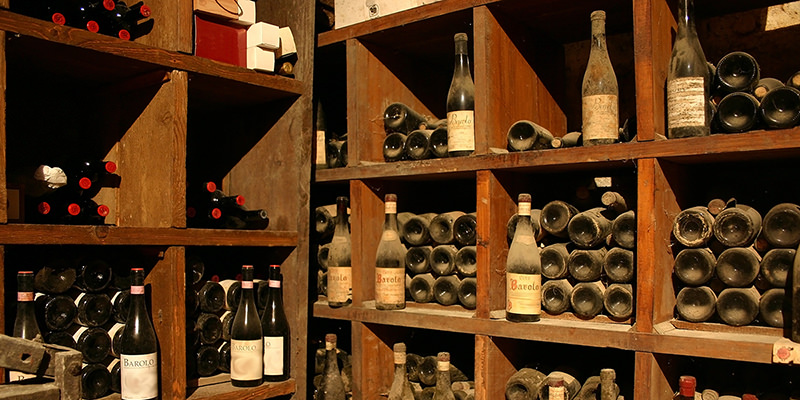The difference between Barolo, Brunello and Barbaresco is a story of two grapes, three wine regions, and traditional versus modern winemaking practices. It’s a good, and not coincidentally delicious, wine story.
Not only will learning what differentiates these three “B” wines clue you in to the incredible expressiveness of two of Italy’s most important grapes, it’ll give you more insight into the impact of everything from terroir to barrel size to major shifts—and major rifts—in winemaking styles in the Old World. And yes, it will help guide you and your wad of $20s as you navigate the uncharted “expensive wine” territory of your local wine store.
Both Barolo and Barbaresco are from the same region.
Specifically the Piedmont region, the upper-left corner of the boot (part of what you’d pull on if you were actually trying to wear Italy as a shoe).
Brunello is produced farther south.

All Brunello is really Brunello di Montalcino, which makes sense since it’s produced in the hillside town of Montalcino in Tuscany, about five hours south and east of Barolo if you’re traveling by one of those adorable Italian cars.
Barolo and Barbaresco are made from the same, very special, grape.
Both wines are named after the distinct regions they’re produced in within Piedmont, but they’re actually made with the same grape, Nebbiolo. And Nebbiolo is a bit of a super-performing grape, with incredibly expressive aromatics (anything from rosy, violet florals to cherries and dark berries, to rich, earthy, even truffle-y forest flavors), loads of tannin and balancing acidity. Of course, depending on how—and where—the wine is made and how long it’s aged, different aspects of Nebbiolo will come out.
Brunello is made from one very special grape.
Brunello is a Tuscan wine, the only Tuscan made with just one grape: Sangiovese. Actually, it’s made with the Sangiovese Grosso clone, which produces slightly plumper, richer berries. As with Nebbiolo, you’ll get some floral and forest flavors in Brunello, but there are also notes of mint and herbs that give it an almost savory quality. Interestingly, despite being richer in color than Nebbiolo-based Barolo and Barbaresco, Brunello has more moderate tannins.
Barbaresco can be drunk younger than Barolo.
Both Barolo and Barbaresco showcase the strong expressiveness of the Nebbiolo grape, but Barolo has a fuller mid-palate, which maybe shouldn’t be a surprise since Barolo’s minimum aging requirement is three years (compared with Barbaresco’s two). Because Nebbiolo ripens a bit sooner in Barbaresco, the wine can be drunk a bit sooner than Nebbiolo from Barolo.
Barbaresco is intentionally, if subtly, “lighter” than Barolo.
Barbaresco actually came about in the late 19th century as a response to the popularity of Barolo, which was dominating the Piedmontese wine market (when you name a wine after a countess, in this case the Marchesa de Barolo, success is kind of in the bag). But Barbaresco wasn’t just trying to differentiate itself; the region actually has slightly “younger” soils, more appropriate for the production of a softer, younger wine.
In the past few decades, Barolo has also gotten a bit more “approachable.”

We say “approachable” mostly because we’re afraid of Italian wrath, since there was actually what Jancis Robinson called a small “holy war” over Barolo winemaking practices in the 1980s. The basic differences in production have to do with maceration and barreling. Modern Barolos macerate for a handful of days, while older styles might go up to three weeks. For structure, modern Barolos often rely more on smaller oak barrels instead of the traditional—and massive—Slavonian botti, which left more of the final product to fruit and soil expression. A battle that we all win, since it means more Barolo variety.
Brunello suffered (enjoyed?) a similar split in style.
Since around the time they were “invented” (basically, bottled for the first time in 1888), Brunello wines have also undergone some controversial “modern” updates, including a reduction in required barrel time to 24 months. Not only does that mean Brunello can get to the market sooner—saving us a few bucks—but it’s more immediately drinkable, a reflection of changing tastes. Given the qualities of Sangiovese, of course, you really won’t ever drink a super young Brunello.
Both Barolo and Brunello are incredibly well-suited to cellar aging.
Barolo is one of those wines that can stand a few decades (or more) in a bottle, thanks largely to the high acidity and tannin of Nebbiolo. Brunello is similar, made with the higher-tannin Sangiovese Grosso clone, a prime candidate for barrel-aged softening. Traditional, cellar-worthy styles of Barolo and Brunello are typically aged in those giant Slovenian botti for at least five if not 10 years or more.
No surprise, both Barolo and Brunello are more expensive.
Barolo, known as “The Wine of Kings,” certainly takes the cake for most expensive among the three wines. Not that any should be found in the value section of your wine store (if found, purchase). But Barolo will likely always be the most expensive, with age-worthy Brunellos and Barbarescos second.

